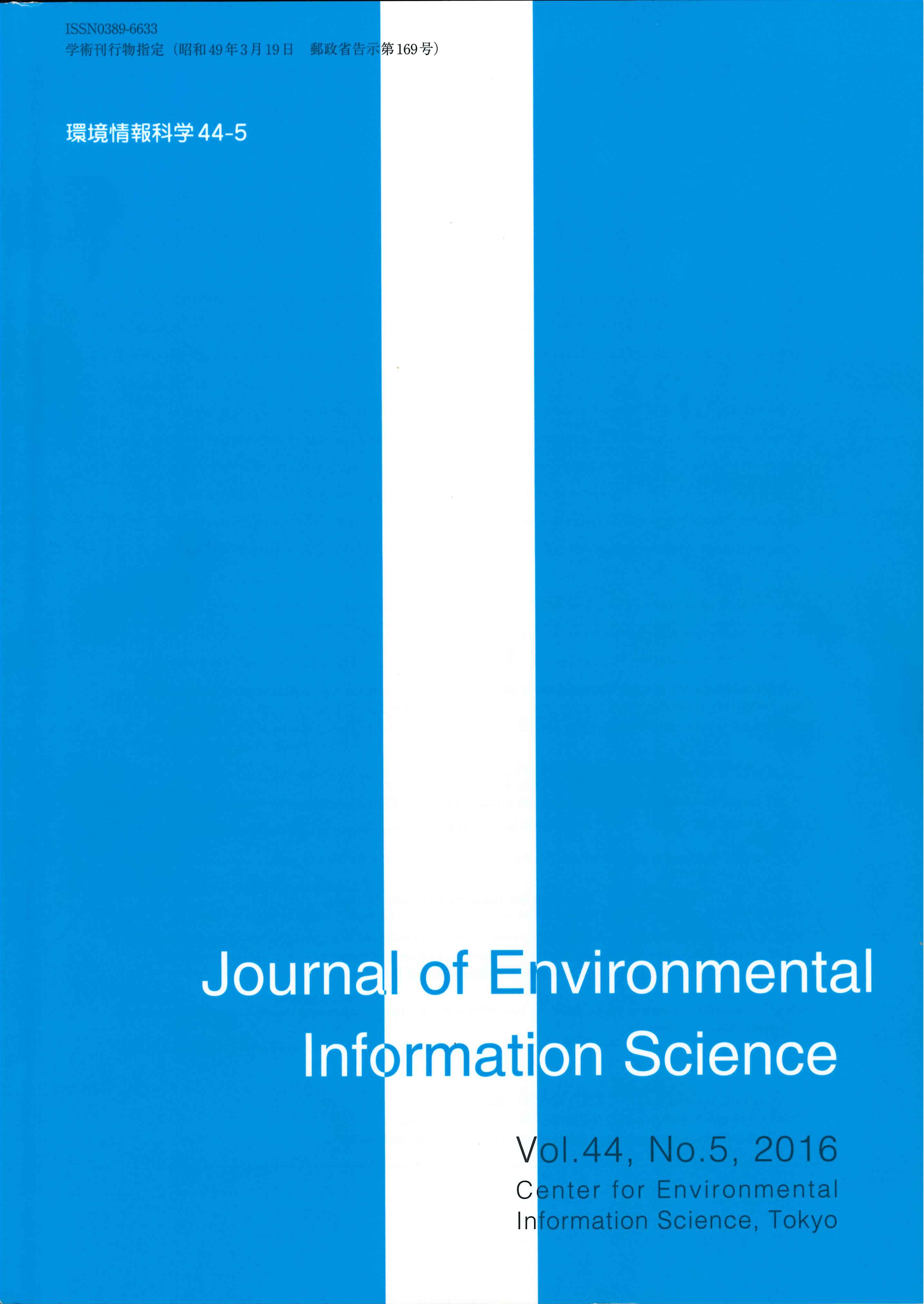Current issue
Journal of Environmental Information Science
Displaying 1-4 of 4 articles from this issue
- |<
- <
- 1
- >
- >|
Original Article
-
2024 Volume 2023 Issue 2 Pages 1-12
Published: May 23, 2024
Released on J-STAGE: May 23, 2024
Download PDF (3021K) -
2024 Volume 2023 Issue 2 Pages 13-20
Published: May 23, 2024
Released on J-STAGE: May 23, 2024
Download PDF (1459K) -
2024 Volume 2023 Issue 2 Pages 21-31
Published: May 23, 2024
Released on J-STAGE: May 23, 2024
Download PDF (11708K)
Short Communication
-
2024 Volume 2023 Issue 2 Pages 32-37
Published: May 23, 2024
Released on J-STAGE: May 23, 2024
Download PDF (1633K)
- |<
- <
- 1
- >
- >|
